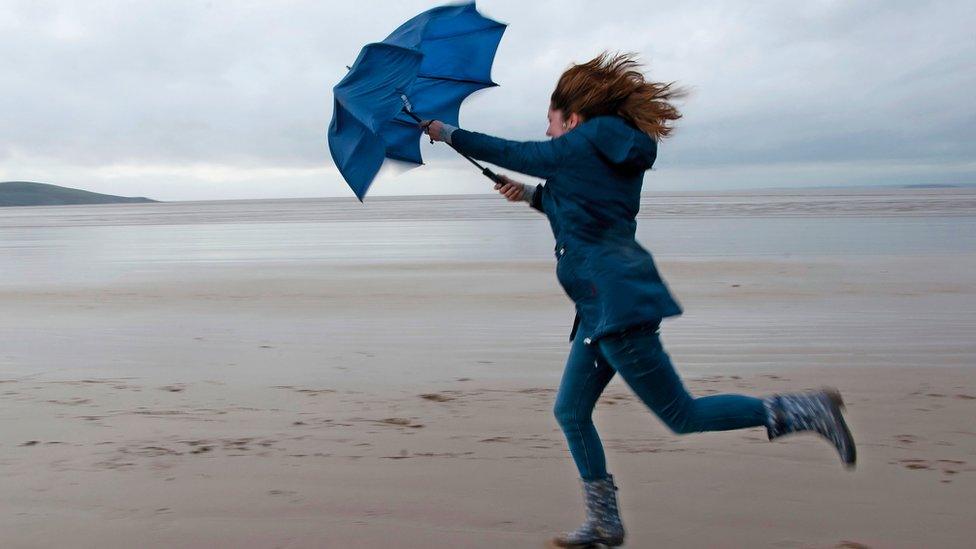Storm Agnes: What do you need to know?
- Published
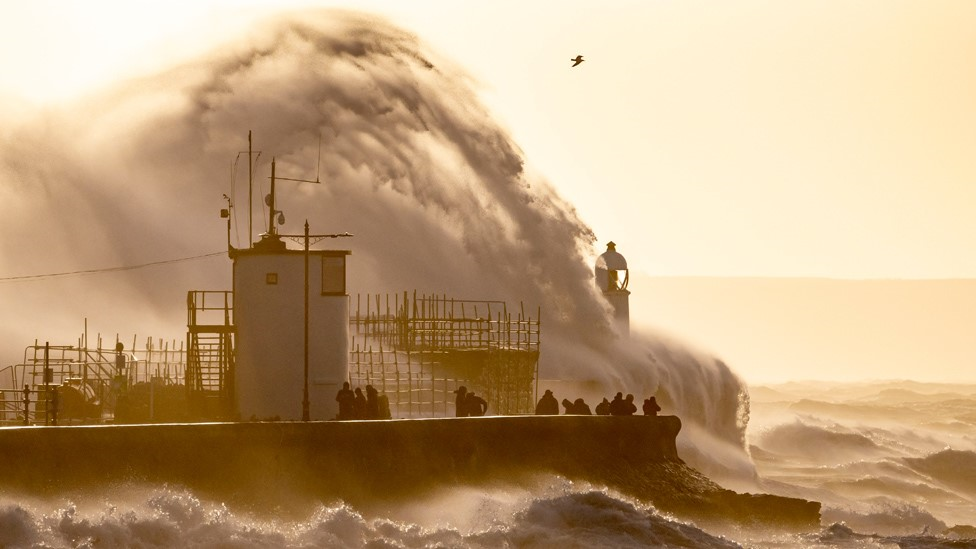
Storm Agnes is expected to bring rough conditions to Irish Sea coasts
The first named storm of the autumn and winter season has reached the UK and Ireland.
Named by the Met Office, Storm Agnes is likely to bring some disruption from strong winds and heavy rain.
Met Office severe weather warnings are in force from Wednesday afternoon until Thursday morning.
The strongest winds are likely to be around Irish Sea coastal areas with gusts up to 75mph (120km/h).
The storm was named after a deep area of low pressure developed in the Atlantic, enhanced by some energy from ex-tropical storm Ophelia which hit the north-east coast of the US over the weekend.
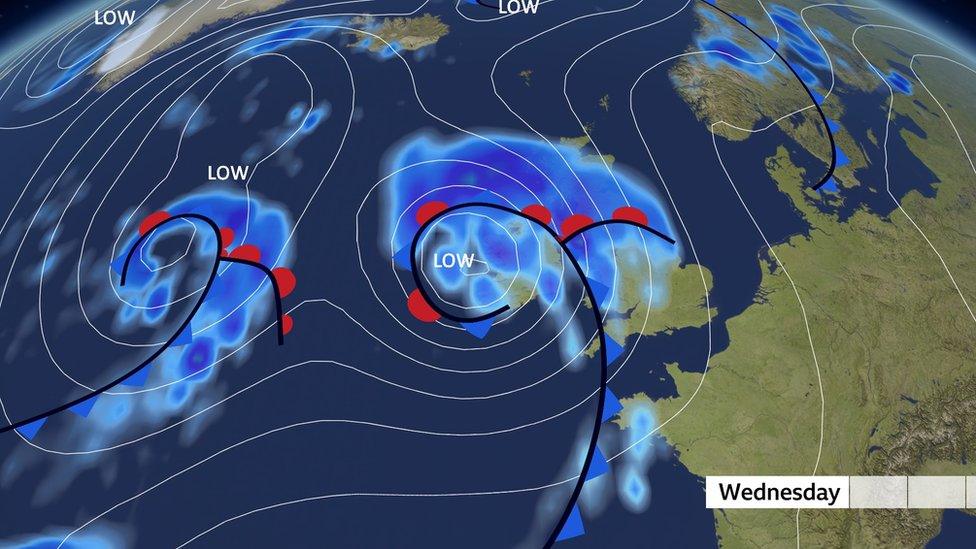
Storm Agnes is a deep area of low pressure moving in from the Atlantic
When is Storm Agnes going to hit?
The Met Office has issued yellow severe weather warnings, external for wind from 12:00 BST on Wednesday through until 07:00 BST on Thursday morning.
A swathe of strong winds with gusts of 50-60mph (80-97km/h) will affect inland areas of Northern Ireland, south-west Scotland, west and north-west Wales, Cumbria and Lancashire.
Some Irish Sea coastal parts though could see gusts of 60-65mph (97-105km/h) with the most exposed areas up to 75mph (120km/h).
These wind speeds have the potential to bring travel disruption with bridges closed or ferry services cancelled.
Trees may come down and power supplies may be cut in some areas.
There is also the potential for injury and damage to property.

How is Storm Agnes affecting you? If it is safe to do so get in touch.
WhatsApp: +44 7756 165803, external
Tweet: @BBC_HaveYourSay, external
Please read our terms & conditions and privacy policy

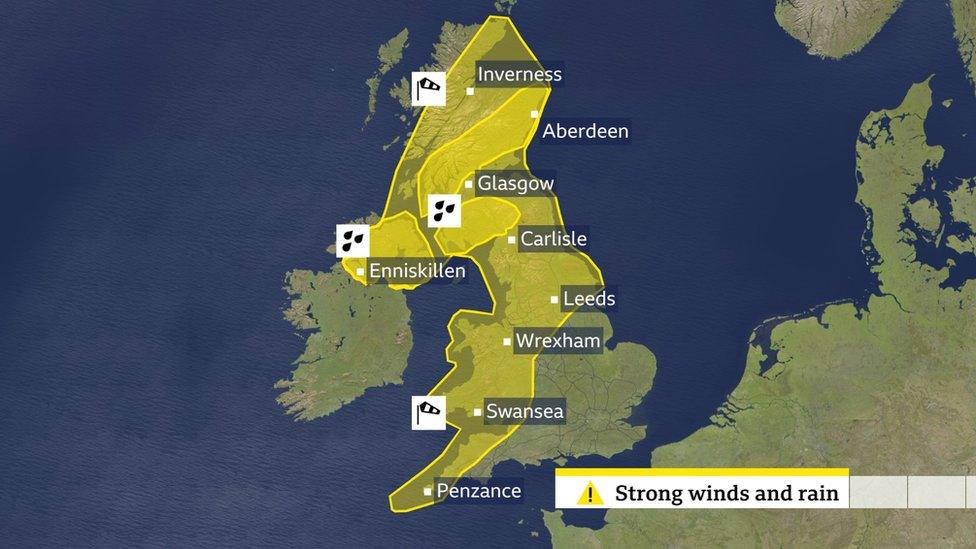
Yellow weather warnings from the Met Office are in force for Wednesday and into Thursday
In addition to strong winds, there will also be some heavy rain which follows what has already been a very wet period so there are separate yellow warnings in central and south-eastern Scotland and Northern Ireland.
With 30-60mm of rain falling, there could be some localised flooding.
With Agnes moving up western areas of the UK, this is where most of any disruption and damage may occur rather than towards eastern areas of England where it may be nothing more than a windy autumnal day.
While the UK saw two storms in August - Antoni and Betty - these fell into the time period of the 2022-23 season which had a set of names used for storms.
The 2023-24 storm season started on 1 September which also means there is a new set of names established in collaboration between the UK Met Office, Ireland's Met Éireann and the Royal Netherlands Meteorological Institute.
This is why we start back at the letter A for Agnes and is the first named storm of the season.
For the up-to-date warnings, forecast and information on Storm Agnes, you can follow BBC Weather on social media @bbcweather or our website.

Find out the weather forecast for your area, with an hourly breakdown and a 14-day lookahead, by downloading the BBC Weather app: Apple, external - Android, external - Amazon , external
The BBC Weather app is only available to download in the UK.

Related topics
- Published27 September 2023
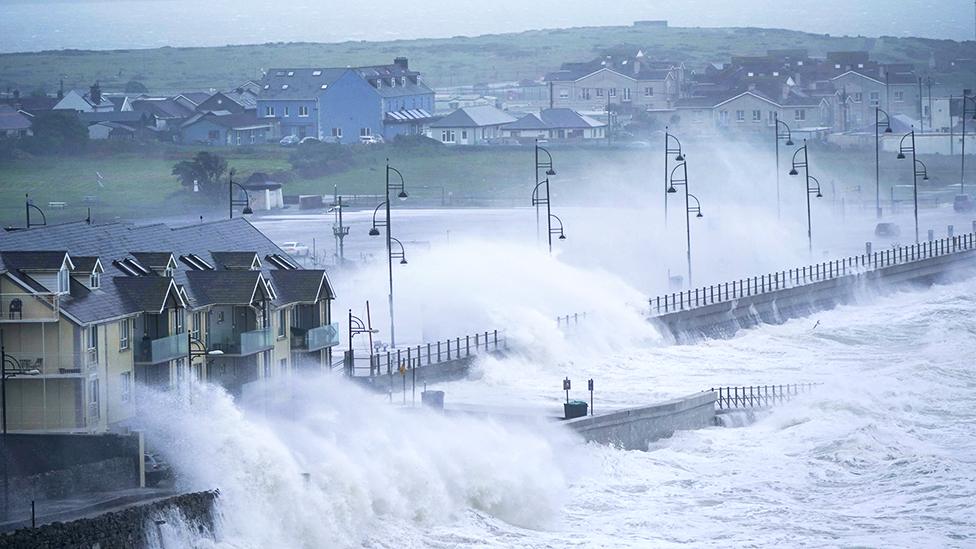
- Published28 September 2023
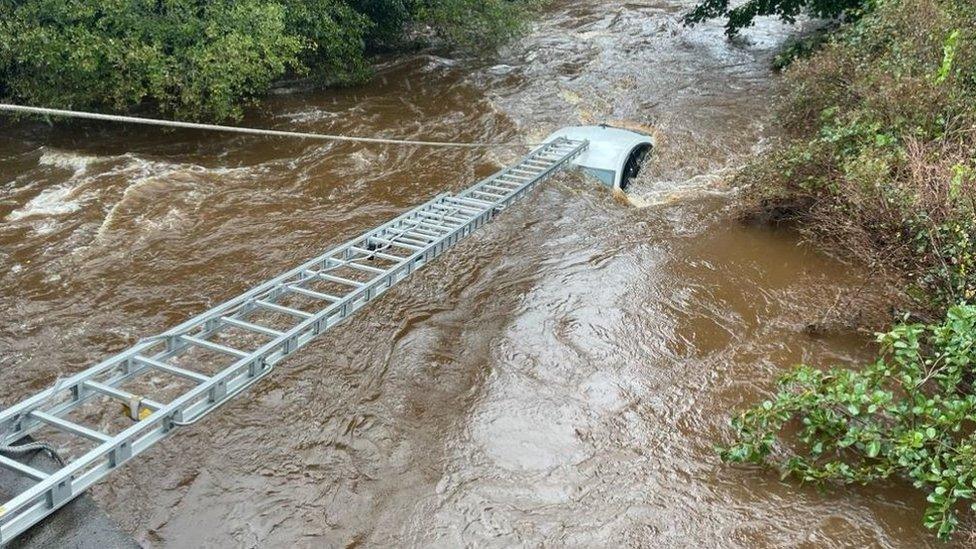
- Published27 September 2023
